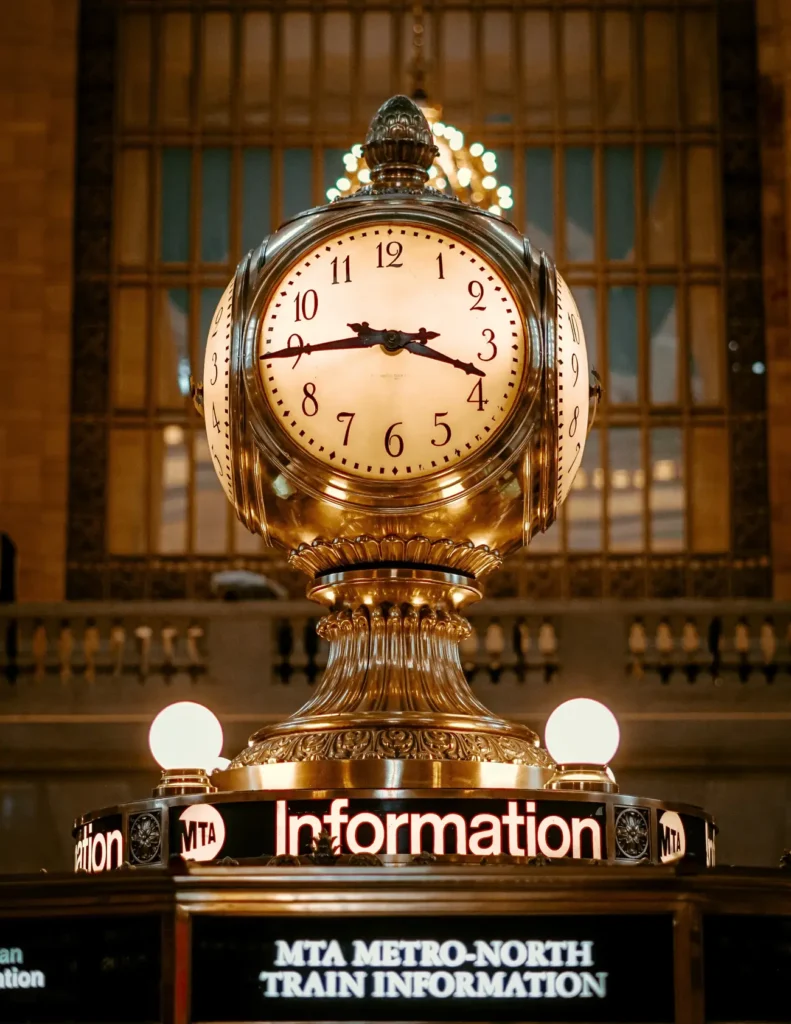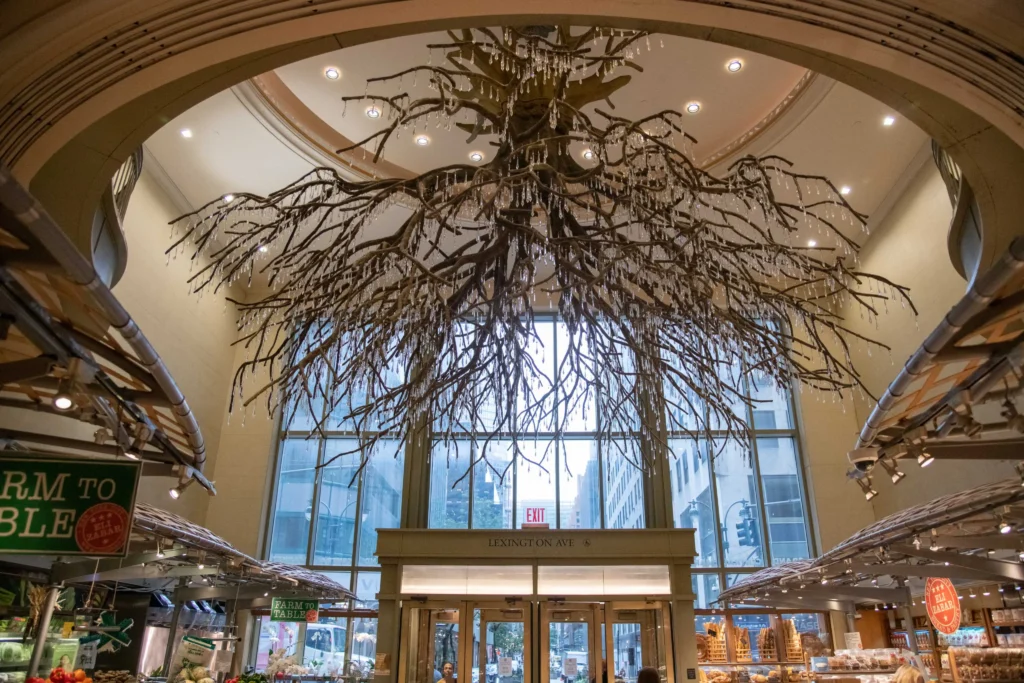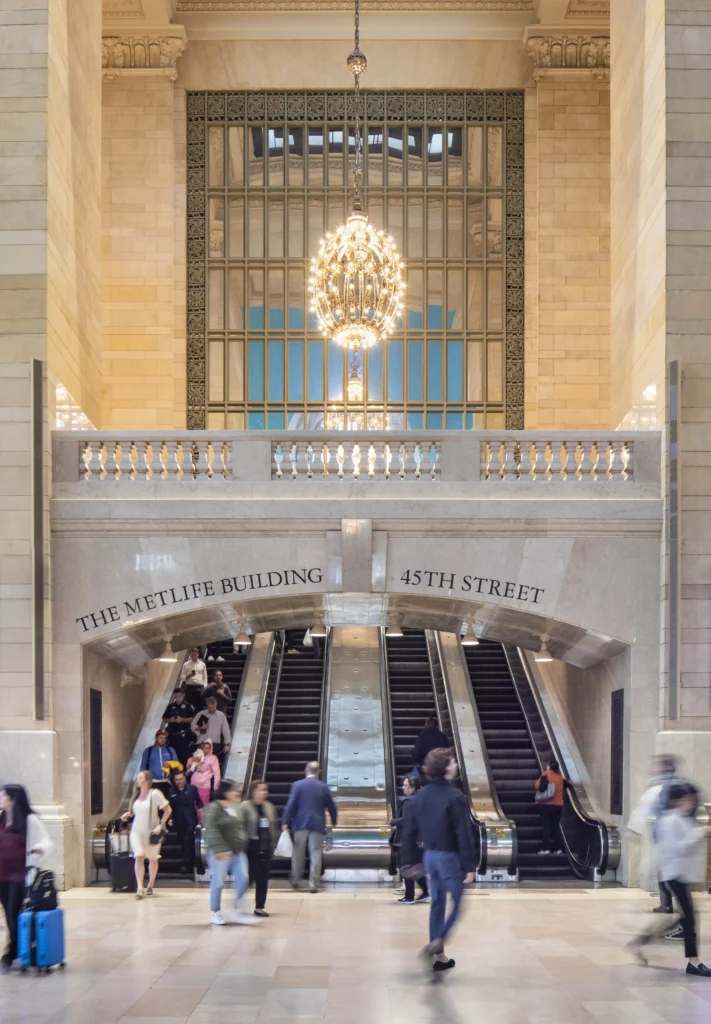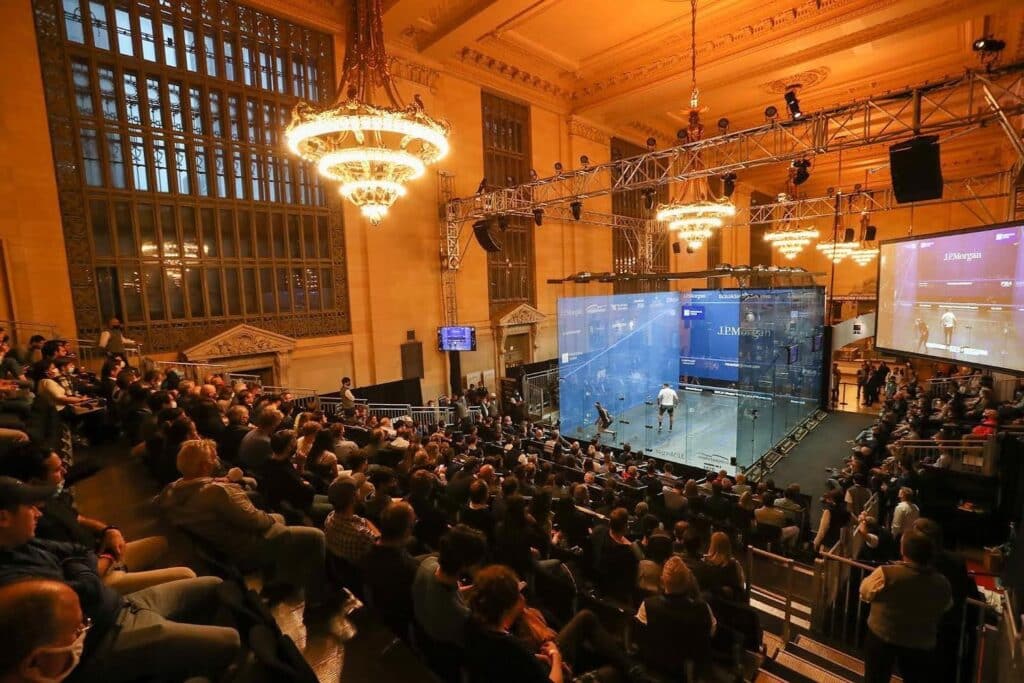Make Everyday
Grand
Welcome to Grand Central Terminal
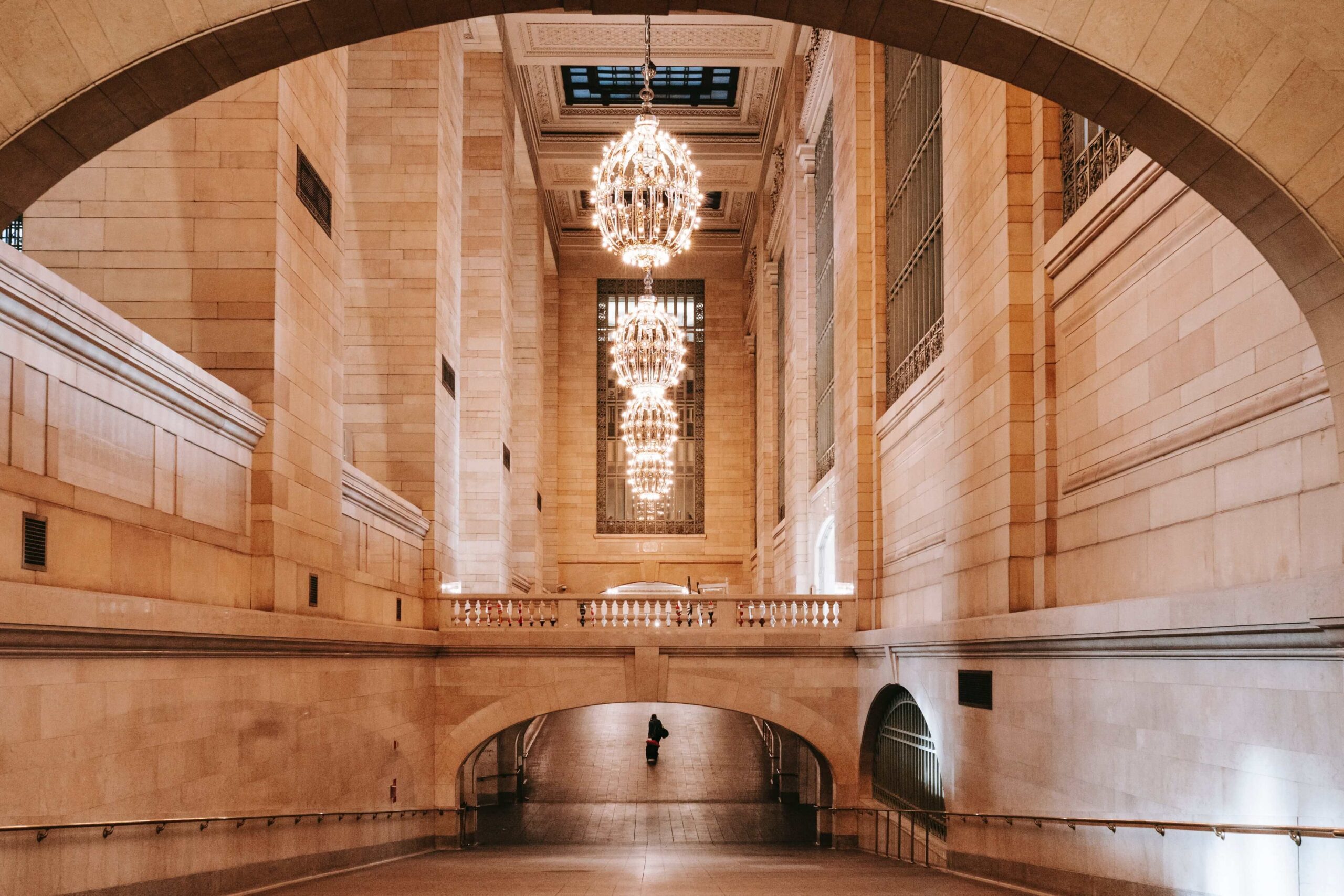
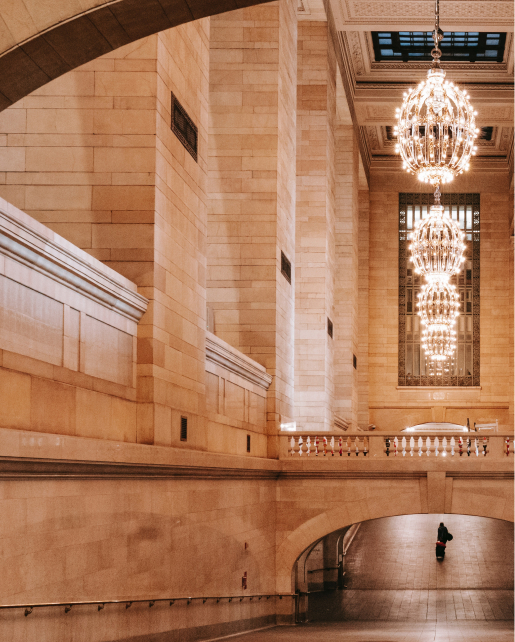



Explore Your Everyday Grand
Find Your Everyday Grand
Visit
Take a guided tour and uncover the secrets of Vanderbilt Hall, the Whispering Gallery, the Grand Central Clock, and more.
Transit
Get updates on the Metro-North Railroad, Long Island Rail Road, NYC subway, bus, and taxi.
Shop & Dine
Discover fashion, electronics, gifts, and a gourmet market; plus enjoy burgers, tacos, sushi, oysters, and more.
Explore
Travel the historic halls of Grand Central Terminal and learn about its past and future.

Valentine's Market
Add love to every day at the Grand Central Valentine’s Market
February 13 & 14


What to See
Grand Central Terminal is one of the most-visited destinations in NYC for a reason: history, architecture, dining, and shopping, all under one magnificent roof.
Follow Our Feed
Getting to the Terminal
Address
89 E 42nd St,
New York, NY 10017
Directions
Grand Central Terminal’s main entrance is 89 E. 42nd St. at Park Avenue.
By subway: 4, 5, 6, 7, and S lines.
By bus: M101, M102, M103, M1, M2, M3, M4, Q32 and M42 lines.
By train: Metro-North and LIRR.
For details visit Google Maps.
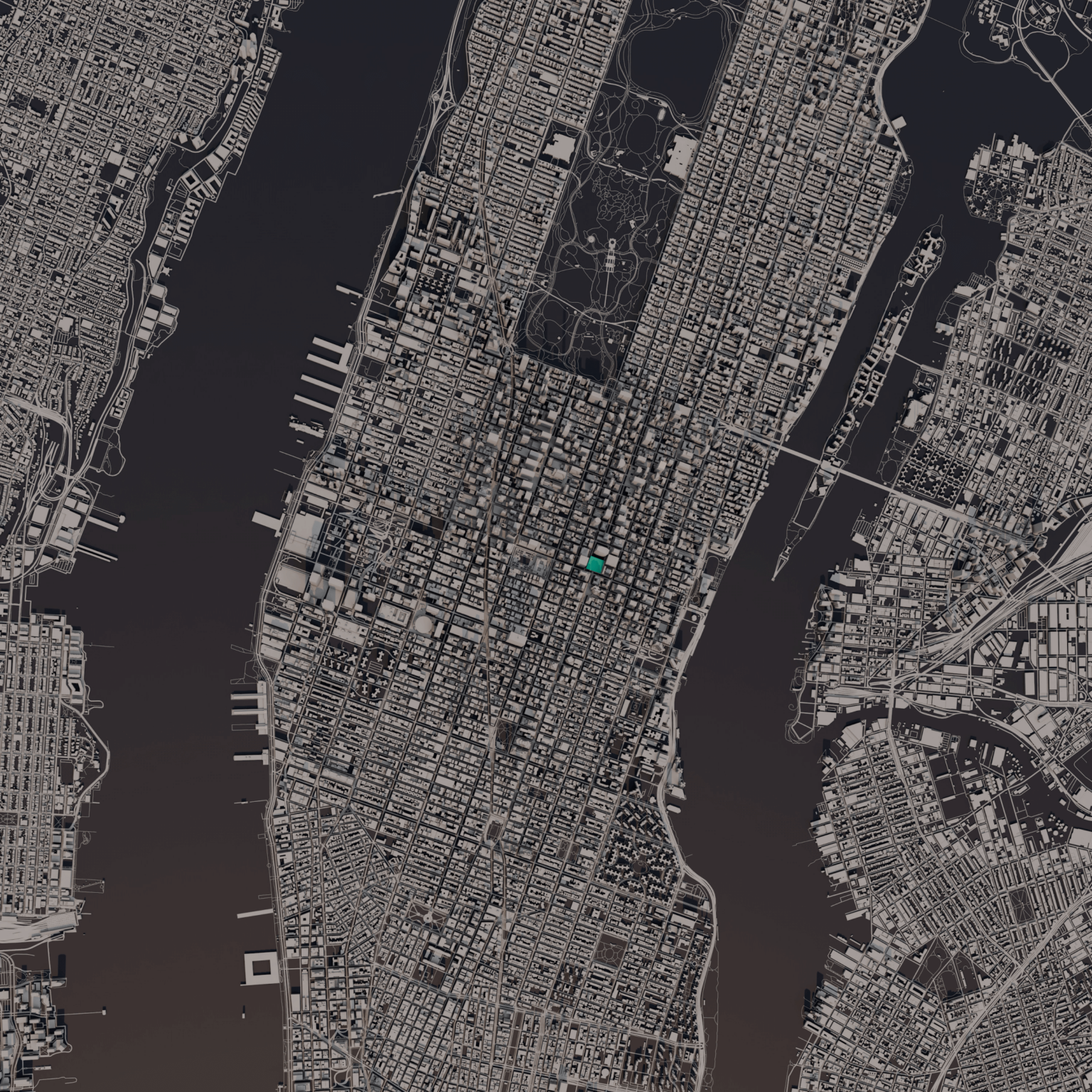
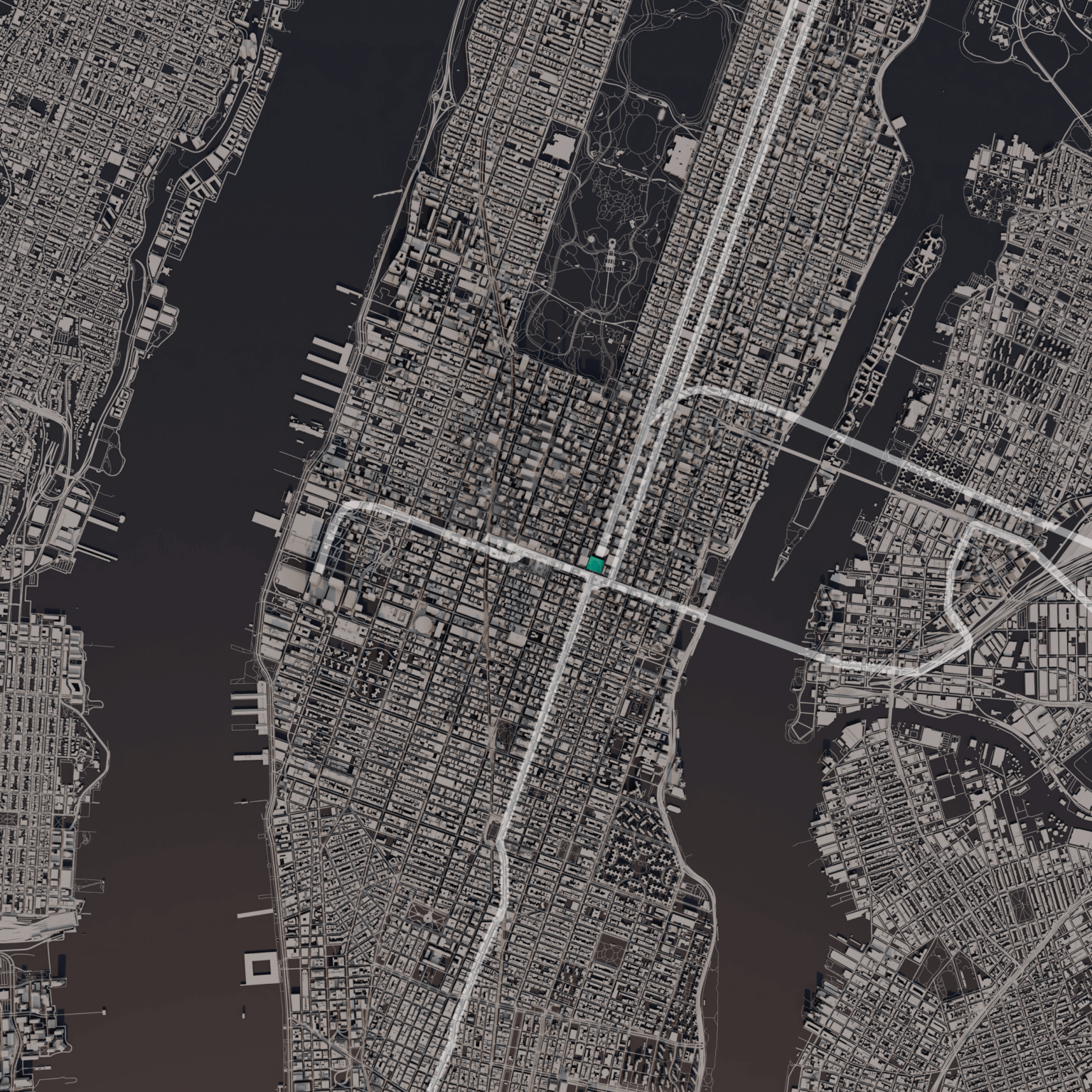
The Grand Edit
Keep track of the latest, sign up for the GCT newsletter!

